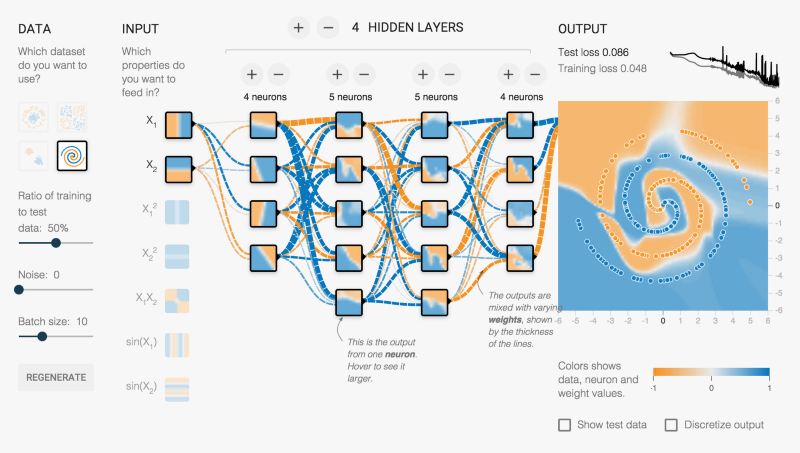Artificial Intelligence
Artificial intelligence has existed for a long time. However, it has become a buzzword in recent years due to huge improvements in this field. AI used to be known as a field for total nerds and geniuses, but due to the development of various libraries and frameworks, it has become a friendlier IT field and has lots of people going into it.
In this article, we will be looking at top-quality libraries that are used for artificial intelligence, their pros and cons, and some of their features. Let’s dive in and explore the world of these AI libraries!
1. TensorFlow
“Computation using data flow graphs for scalable machine learning.”

Language: C++ or Python.
When getting into AI, one of the first frameworks you’ll hear about is Google’s TensorFlow.
TensorFlow is an open-source software for carrying out numerical computations using data flow graphs. This framework is known for having an architecture that allows computation on any CPU or GPU, be it a desktop, a server, or even a mobile device. This framework is available in the Python programming language.
TensorFlow sorts through data layers called nodes and makes decisions with whatever information it gets. Check it out!

Pros:
- Uses an easy-to-learn a language (Python).
- Uses computational graph abstraction.
- Availability of TensorBoard for visualization.
Cons:
- It’s slow, as Python is not the fastest of languages.
- Lack of many pre-trained models.
- Not completely open-source.





